Rapid Prototyping
From Idea to Tangible Part in Days
Empowering innovators with rapid prototyping solutions. We provide high-fidelity, fast-turn prototypes using advanced manufacturing—your one-stop path from concept to production.
200+ CNC Machines
ISO 9001 Certified Quality
1-7 Days Rapid Turnaround
DFM Feedback Engineering Support
Our Rapid Prototyping Technologies
Tailored rapid prototyping services (abbreviated as RP) to meet your needs.
From speed and material performance to complex geometries—we deliver precision at every stage.
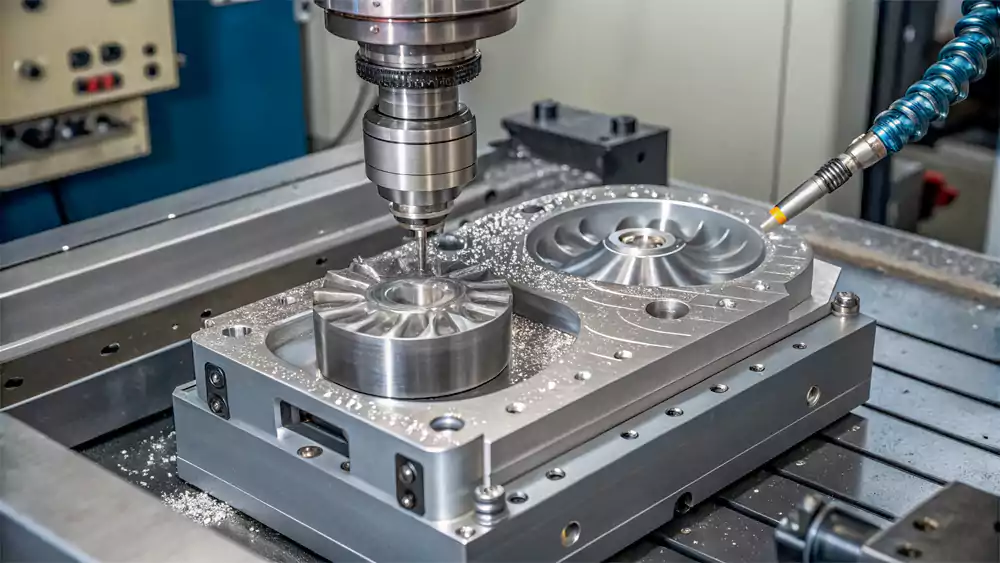
CNC Machining
Create high-fidelity prototypes from production-grade metals and plastics. Ideal for functional testing and form-fit validation.
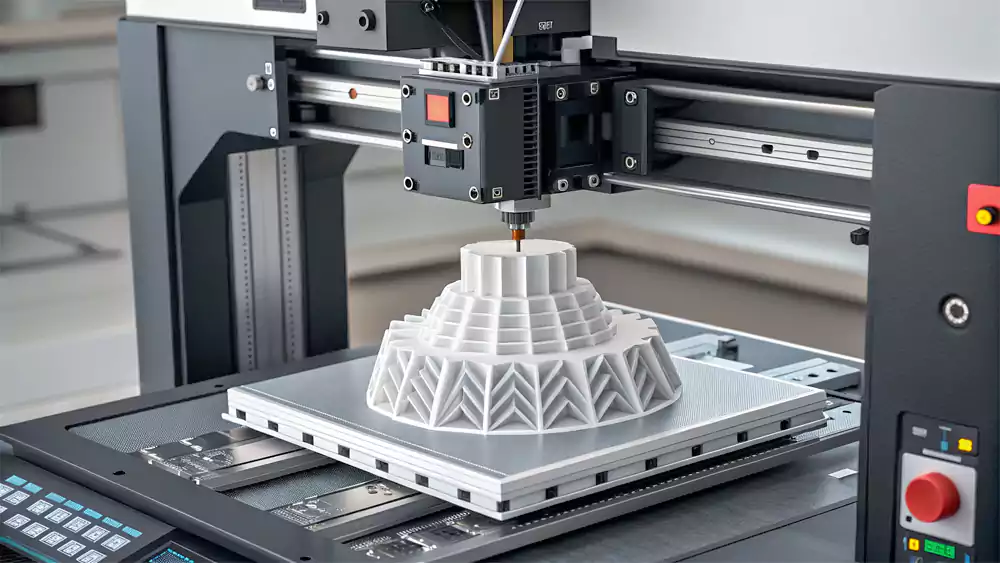
3D Printing (FDM, SLA, SLS)
The fastest way to get a physical model. Perfect for early-stage design visualization, ergonomic studies, and quick iterations.
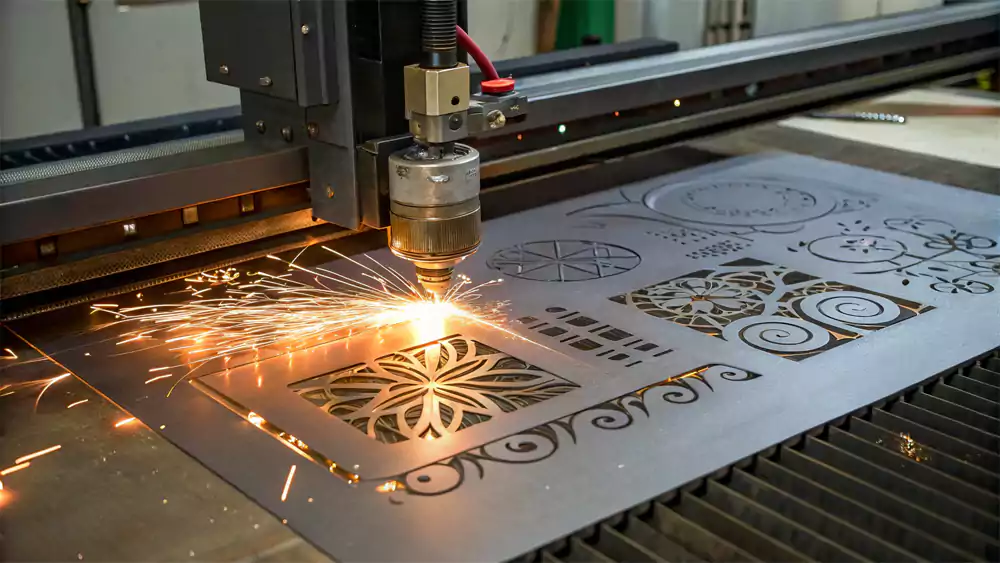
Sheet Metal Fabrication
For durable enclosures, brackets, and panels. We offer bending, cutting, and punching for functional metal prototypes.
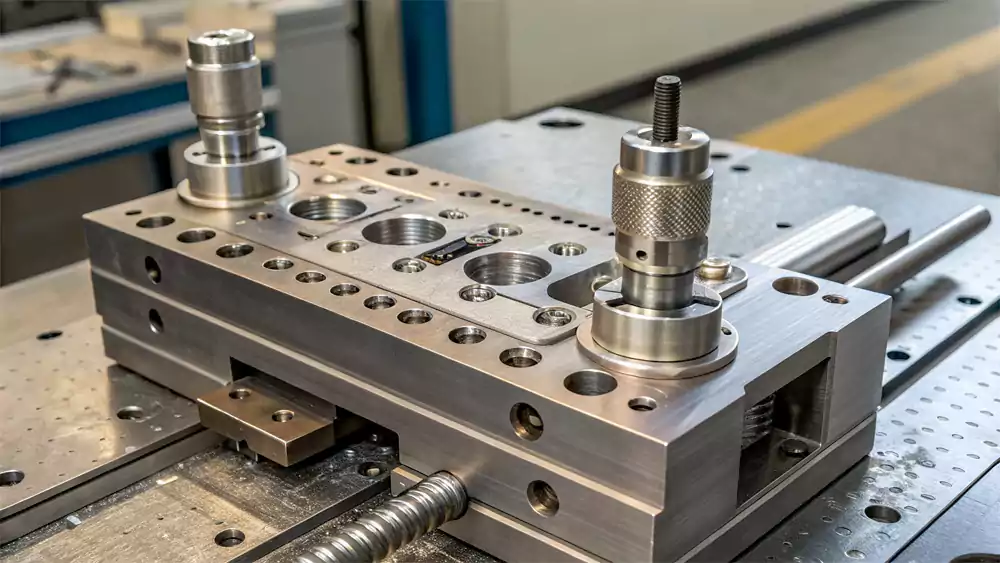
Rapid Tooling
Bridge the gap to production with rapid prototyping and low-volume injection molding. Validate designs using final production-grade plastics.
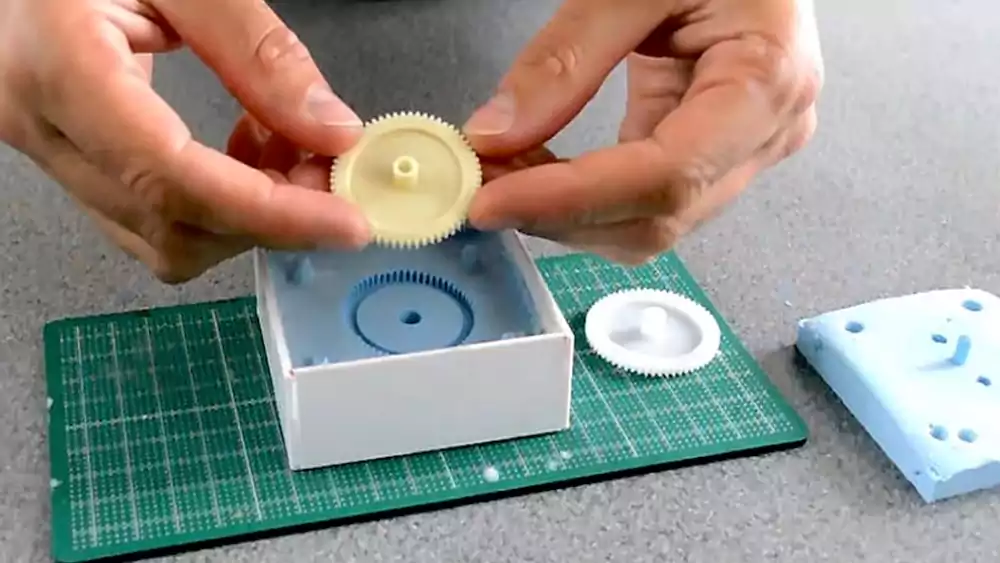
Silicone Molding
Create high-fidelity, production-quality parts in rigid or flexible materials. Excellent for marketing samples and first-run units.
The Allied Metal Advantage
We’re more than a supplier; we’re a partner in your product development journey.
Iterate Faster
Get parts in your hands in days, not weeks. Quickly identify design flaws and accelerate your development cycle.
Test with Real Materials
Our CNC & Tooling prototypes use the same materials as your final product, ensuring accurate functional and strength testing.
Seamless Path to Production
Once your prototype is approved, we use the same quality systems and expertise to scale to low-volume or mass production.
Simple Process, Powerful Results
We’ve streamlined our process to make custom prototyping effortless.
Upload Your Design
Submit your 3D CAD file (STEP, STP, IGS, etc.) through our secure portal.
Get Quote & DFM
Receive a fast quote and free Design for Manufacturability (DFM) feedback.
We Manufacture
Our expert machinists and operators begin creating your parts with precision.
Receive Parts
Your high-quality prototypes are inspected and shipped to your door, fast.
Popular Prototyping Materials
We stock a wide range of standard and engineering-grade materials to suit any application.
Aluminum 6061
Excellent strength-to-weight ratio. The go-to for functional metal prototypes.
ABS Plastic
Strong, tough thermoplastic for durable enclosures and snap-fit components.
Stainless Steel 304
Offers great corrosion resistance and strength for prototypes in harsh environments.
Polycarbonate (PC)
Extremely durable, temperature resistant, and optically clear. Ideal for lenses and housings.
Titanium (Ti-6Al-4V)
High strength, low weight, and biocompatible. For aerospace and medical prototypes.
PEEK
High-performance polymer with excellent mechanical and chemical resistance at high temps.
SLA Resin (Various)
Produces parts with high detail and smooth surfaces, ideal for visual models.
Copper C110
Excellent thermal and electrical conductivity. Perfect for testing heatsinks or busbars.
Delrin (POM)
Strong, low-friction engineering plastic ideal for precision parts requiring high stiffness and dimensional stability.
Nylon (PA6/PA66)
Durable engineering plastic with good wear resistance and flexibility. Commonly used for gears and bearings.
Brass (C360)
Excellent machinability and corrosion resistance. Ideal for decorative or low-friction components.
Magnesium Alloy
Lightweight metal with high strength-to-weight ratio. Common in automotive and aerospace lightweight structures.
Don’t see your required material? We can source hundreds of specialty plastics and metals. Contact us with your requirements.
Bring Your Next Idea to Life
Ready to see your design in person? Upload your CAD file now for a competitive quote and expert DFM analysis from our engineering team.
